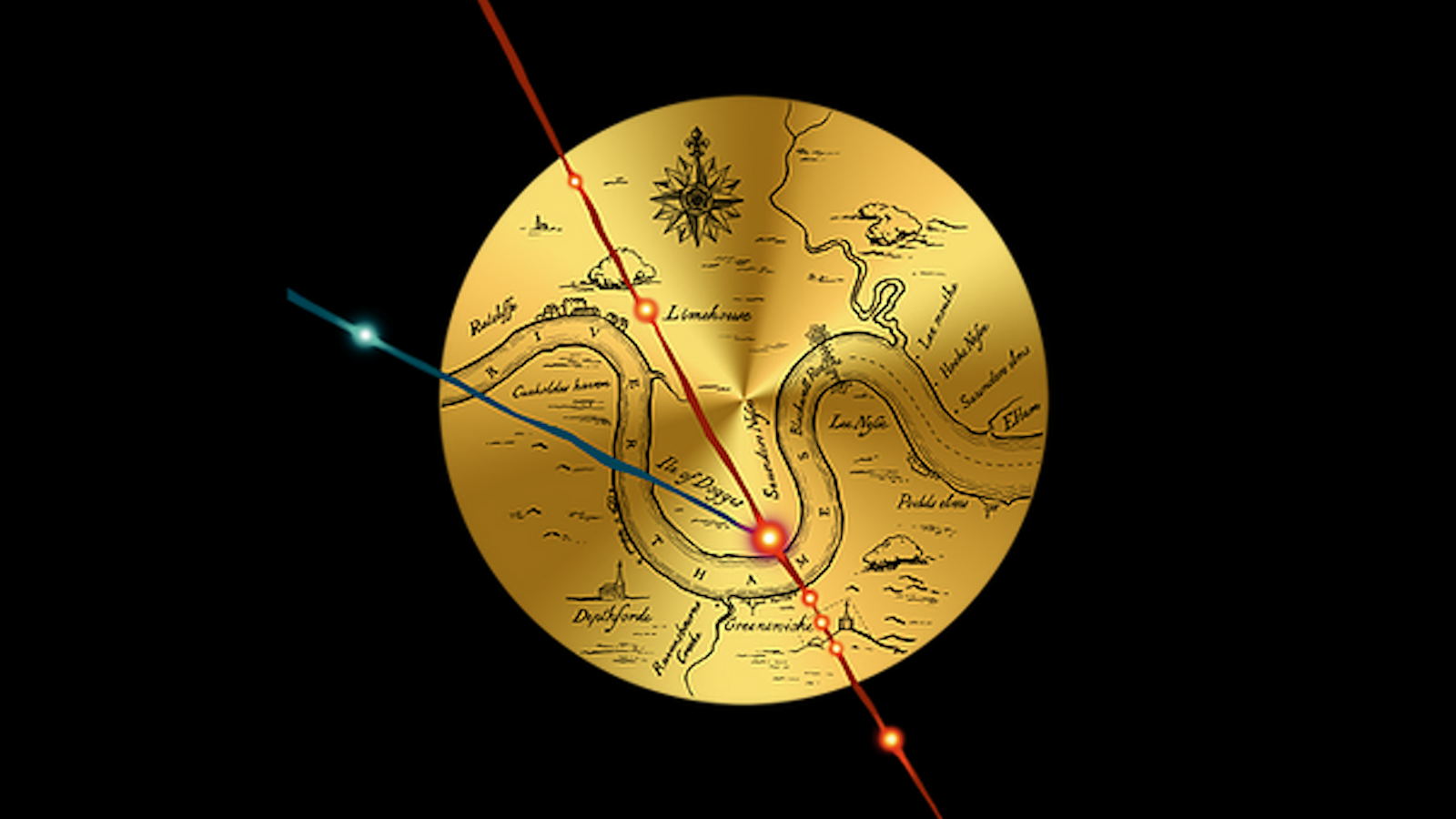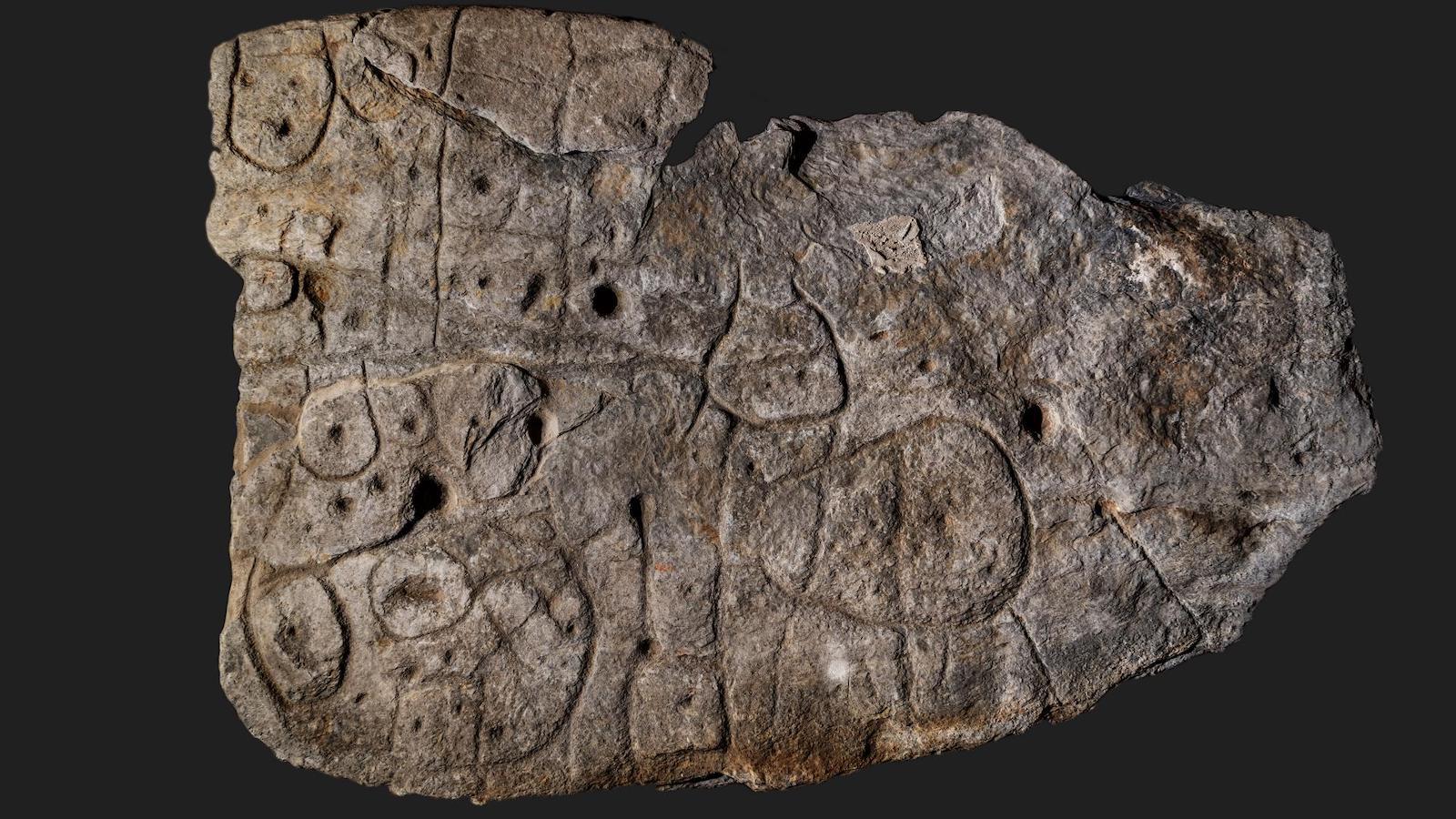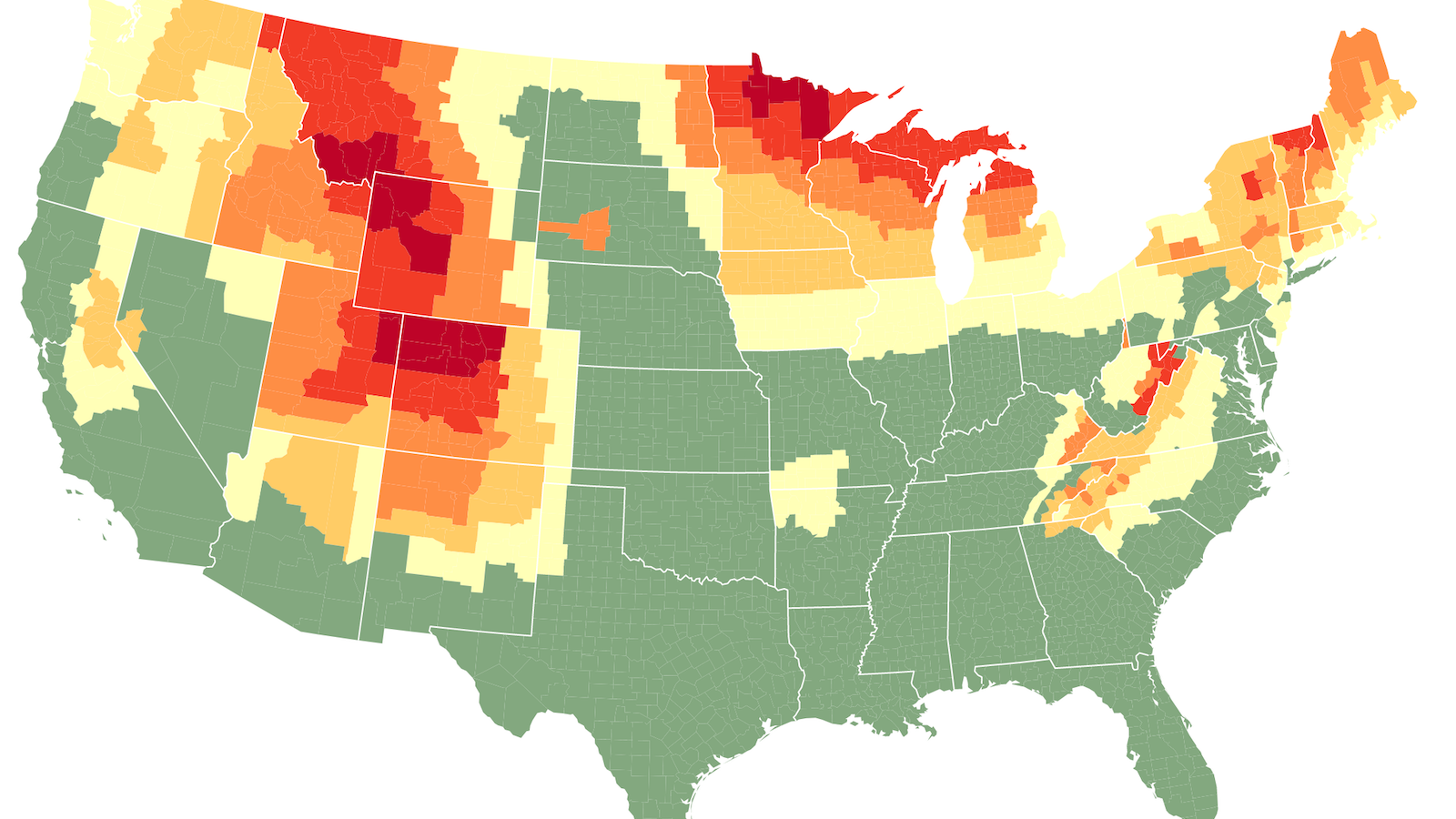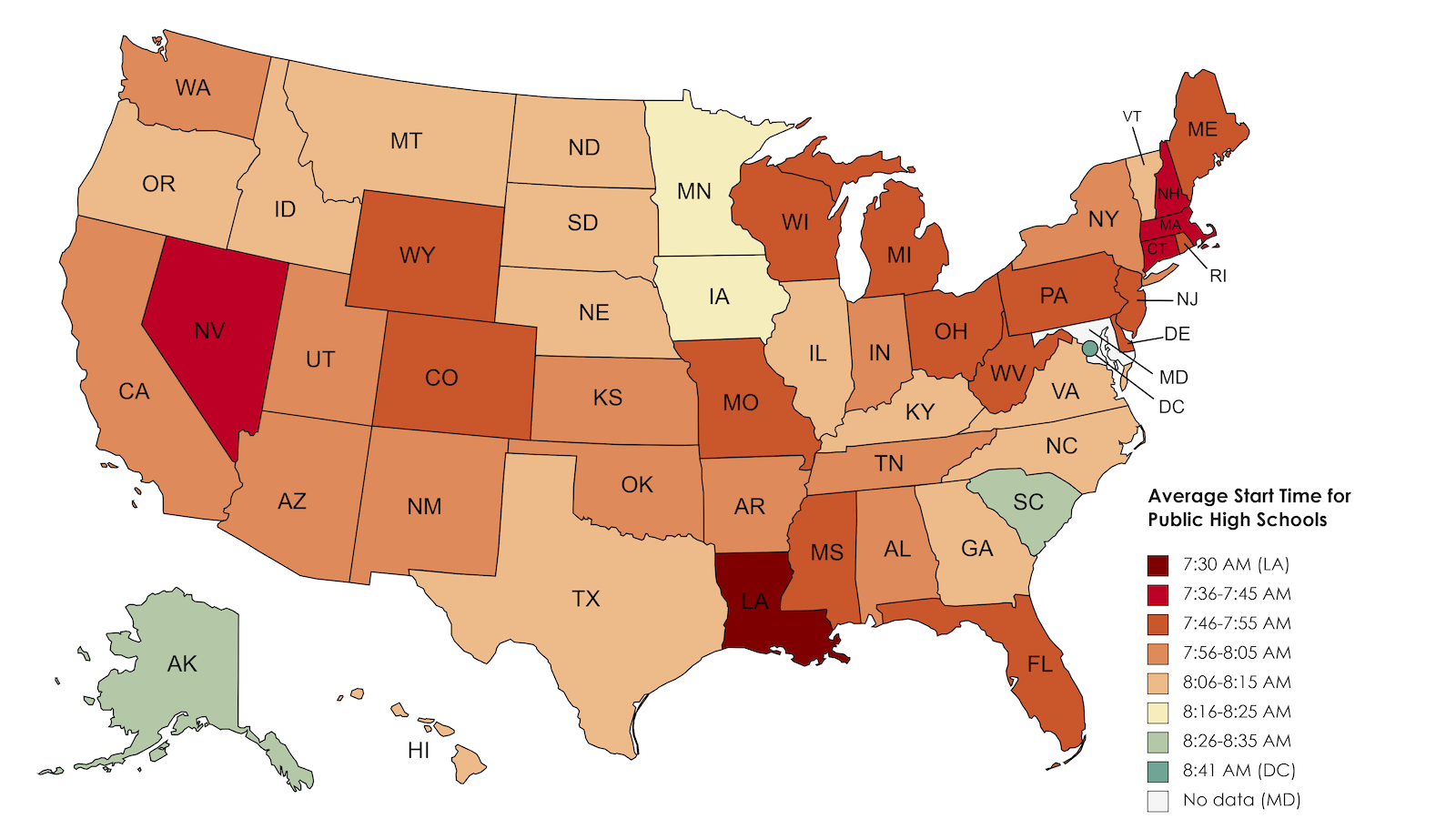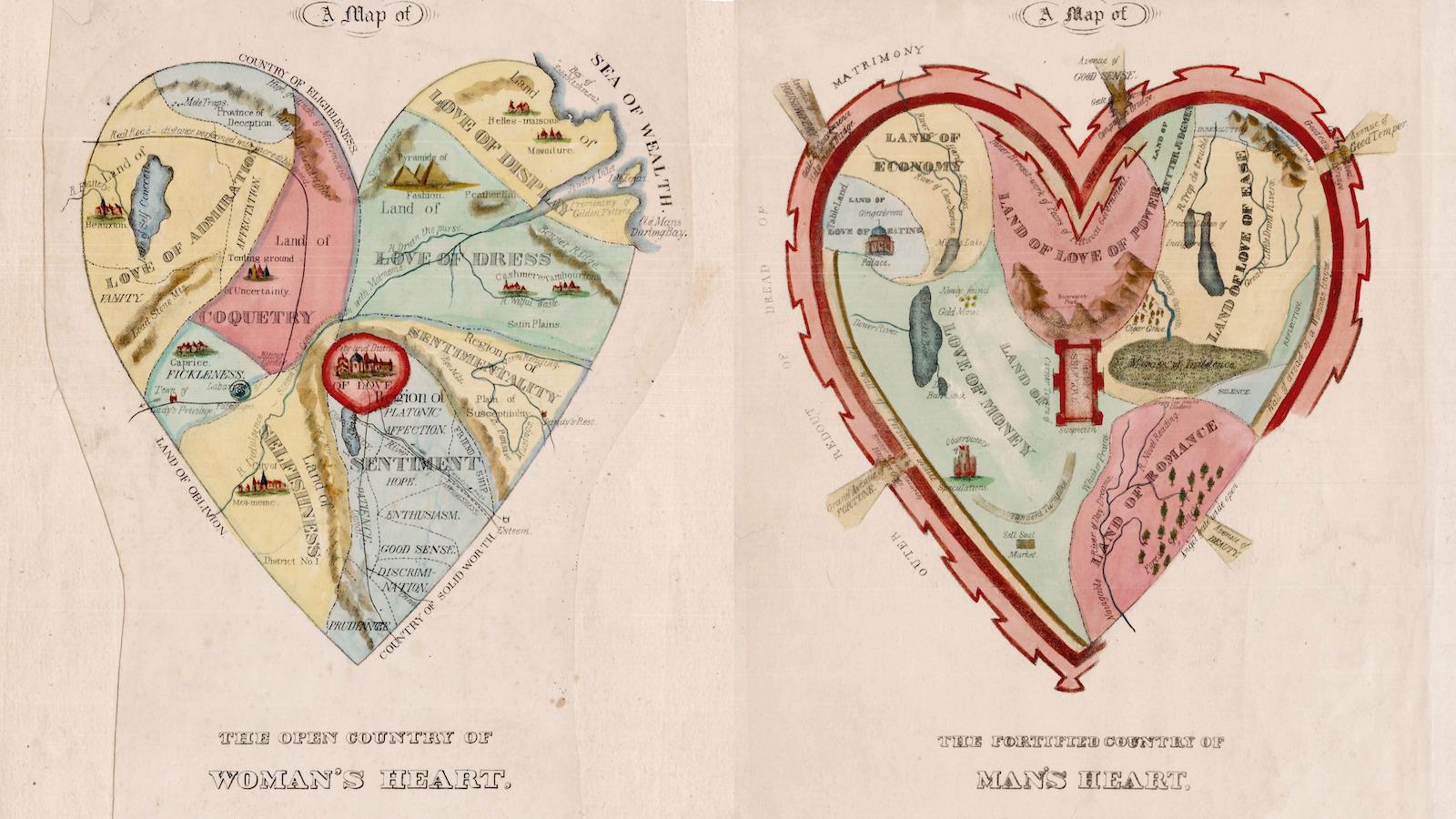German street names still echo Nazi, Communist, and even Roman past
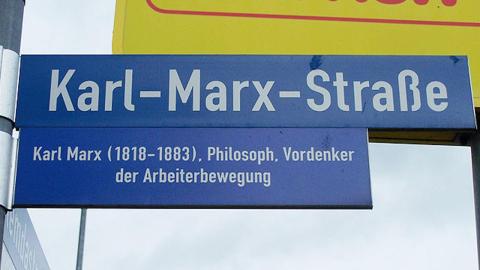
- There are more than a million named streets and squares in Germany.
- Quite a few of their names say something about the country's history.
- The East's recent communist past still reverberates, but that is far from all.
The database is mightier than both pen and sword. Ask the right questions and like an eager retriever, artificial intelligence will hunt all columns and rows for the right answers. In seconds, AI produces results that would have taken a thousand bored office clerks weeks to come up with.
450,000 unique names
Take the streets and squares of Germany. There are more than a million of them in all, and they share some 450,000 unique names between them. In the analog days, finding out just that would have taken countless person-hours.
Zeit Online took those figures as the parameters for exploring the frequency and distribution of street and square names throughout Germany. It turns out that if you look at a street map of Germany just right, you can still see East Germany, Nazi Germany, and even Roman Germany.
Let’s start with a simple question, one that sounds like a parody of a Brothers Grimm fairy tale: Who’s the commonest of them all?
Because there are more than a million streets and squares but less than half a million names between them, that means some names are used more than once. Like, a lot more. Germany’s five most common street names alone are reproduced more than 26,000 times:
- Hauptstraße (Main Street): 7,066
- Schulstraße (School Street): 5,141
- Dorfstraße (Village Street): 5,026
- Gartenstraße (Garden Street): 4,806
- Bahnhofstraße (Station Street): 4,616
Mozart? He isn’t even German
If those sound extremely generic, that is no coincidence. Of the 1,000 most common street names, less than 20 percent commemorate specific persons or events — perhaps because throughout German history, yesterday’s favorite person/event has repeatedly turned out to be today’s most hated criminal/crime.
Germany’s five most common streets named after people account for less than 8,000 locations. They are:
- Schillerstraße: 2,215
- Goethestraße: 2,116
- Jahnstraße: 1,900
- Mozartstraße: 1,449
- Raiffeisenstraße: 1,447
Schiller and Goethe are two of Germany’s most famous writers, who also happened to be friends and occasional collaborators. Jahn was the developer of a 19th century movement blending gymnastics and nationalism. Mozart’s popularity as a street name is a bit surprising: of course he was a brilliant composer, but he was Austrian, not German. Raiffeisen promoted self-help among the rural poor by pioneering credit unions and cooperative banks.
On German street signs, the past is far from over. The Soviet client state of East Germany may have ceased to exist in 1990, but it is still visible on the map. (See also #1063.)
Unity but in a bad way

On 3 October 1990, East and West Germany officially became one country. Ever since, that date has been Germany’s national day or Tag der deutschen Einheit. But Einheit also has a much older, more sinister, and specifically East German connotation as well. In 1946, the Soviets forced the merger of the East’s ruling Communist Party with the nominally independent Social Democratic Party. It was this shotgun wedding that was remembered throughout East Germany in streets and squares celebrating Einheit, after the now-merged ruling party’s new name: Socialist Unity Party of Germany (Sozialistische Einheitspartei Deutschlands).
By the time communist rule was overturned in Eastern Europe, much of its leadership was decrepit and sclerotic with age. The revolution swept away the ironic opposition between the old men in charge and their totalitarian ideology’s glorification of youth — hence, all the streets and squares named after Jugend (“youth”). The idea was that socialist societies required socialist personalities, which needed to be shaped from an early age. In other words: catch ’em when they are young.
Obviously, many streets and squares in East Germany were named after Karl Marx, the German philosopher whose work forms the basis for communist thought. However, the thinker’s name made it onto street signs in West Germany too, especially in and around his birthplace, Trier.
Relations below freezing point

West Germany also has its share of street names that were virtually exclusive to it and excluded from East Germany. Sometimes, the distinguishing factor was an association, close or far, with the crimes of the Nazi regime.
Very far, in the case of Konrad Adenauer. The pre-war Mayor of Cologne was ostracized and imprisoned by the Nazis and served as West Germany’s first Chancellor after the war, from 1949 to 1963. At that point, relations between East and West Germany were below the freezing point, so it is no surprise that there is no Adenauerstraße in the east.
Germany lost a lot of territory after WWII, a subject that was taboo in East Germany (as those territories had been annexed by its fellow communist states) but less so in the west, the destination for most of the millions of Germans expelled from those areas. Hence, there are almost 1,500 references in West German street names to Sudetenland and Egerland (both re-annexed by Czechoslovakia) and Ostpreußen (East Prussia, divided between Poland and the USSR).
As the article in Zeit Online shows, there are still plenty of streets in western Germany named after Carl Diem, the sporting official who organized the 1936 Summer Olympics for the Nazis (and in a speech near the end of the war urged boys as young as 14 to go into “final battle” against the Soviets approaching Berlin). There are also streets named for Agnes Miegel, a poet who wrote hymns to Hitler and other high-ranking Nazis. Such street names were of course unthinkable in the east, which preferred to select its tainted heroes from the far left side of the political spectrum.
However, there were some war heroes that both East and West could agree on. The Scholl Siblings — Hans and Sofie — were members of the White Rose, a clandestine student organization in Munich offering non-violent resistance against the Nazi regime. They were caught and executed in 1943.
Still visible 1,500 years later

There is more to German history than the Second World War. There were lots of other wars before that, too. Perhaps the most devastating conflict that Germany ever suffered was the Thirty Years’ War (1618-48), in which the religious conflict between Catholics and Protestants played a major part.
While no longer deadly serious, the divide between both confessions remains imprinted on the German landscape. Street names with Sankt (“Saint”) are more prevalent in the Catholic part of Germany, which is mainly (but not only) in the south and west of the country.
The word Kamp denotes both a language and a practice. Ultimately derived from the Latin word “campus,” it is the Low German word for “field.” Low German was spoken in a wider part of northern Germany. The occurrence of Kamp here refers to the prevalence of clearcutting forests and draining swamps in this particular area.
Way older than those medieval practices is the Limes, the old border of the Roman Empire, which was garrisoned by legions and defended by walls and watchtowers to keep out the barbarians. Those structures are long gone, but this analysis of street names containing the old Latin name for the border still gives a pretty good idea of where it ran, more than 1,500 years ago.
For more images like these, check out the article in Zeit Online, the internet twin of Die Zeit, one of Germany’s newspapers of record. Scroll to the bottom of the article (or click here) to test the frequency of German street names yourself. (There are two German streets named after Winston Churchill, seven after Elvis Presley, and 17 after Ho Chi Minh).
Strange Maps #1100
Got a strange map? Let me know at strangemaps@gmail.com.
